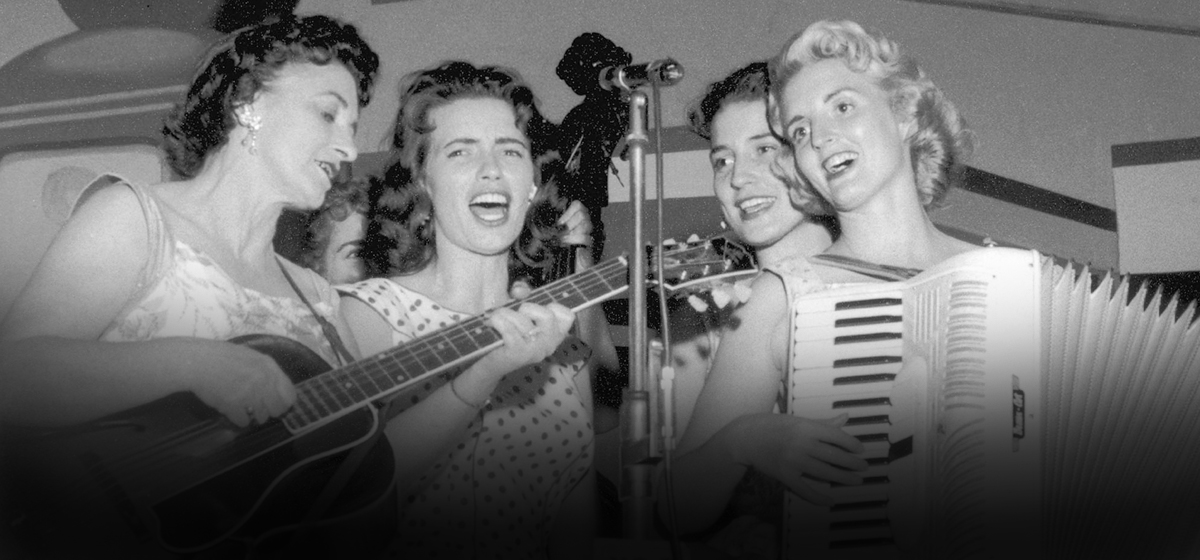Jaime_Dergut
Active member
Hello there,
as part of my accordionists path, I am interested in learning how to play a Chromatic button accordion (like the great russians Bayan).
However, here in the USA, where I live, it seems kind of difficult to find one used and a reasonable price. Most of the accordions here are piano ones.
So, my question will be:
How should search for an used Chromatic Button accordion in the USA that is good for learning? Should I import it from abroad instead? W
Also, since I'm here, I would like to ask:
What are the advantages of learning the Chromatic button layout in comparison to the piano one?
I read somewhere that the Chromatic button accordion might be convenient to learn in the long run, but I would like to know what the folks here think.
That would be everything. Thanks for your attention.
Regards,
Jaime
as part of my accordionists path, I am interested in learning how to play a Chromatic button accordion (like the great russians Bayan).
However, here in the USA, where I live, it seems kind of difficult to find one used and a reasonable price. Most of the accordions here are piano ones.
So, my question will be:
How should search for an used Chromatic Button accordion in the USA that is good for learning? Should I import it from abroad instead? W
Also, since I'm here, I would like to ask:
What are the advantages of learning the Chromatic button layout in comparison to the piano one?
I read somewhere that the Chromatic button accordion might be convenient to learn in the long run, but I would like to know what the folks here think.
That would be everything. Thanks for your attention.
Regards,
Jaime

